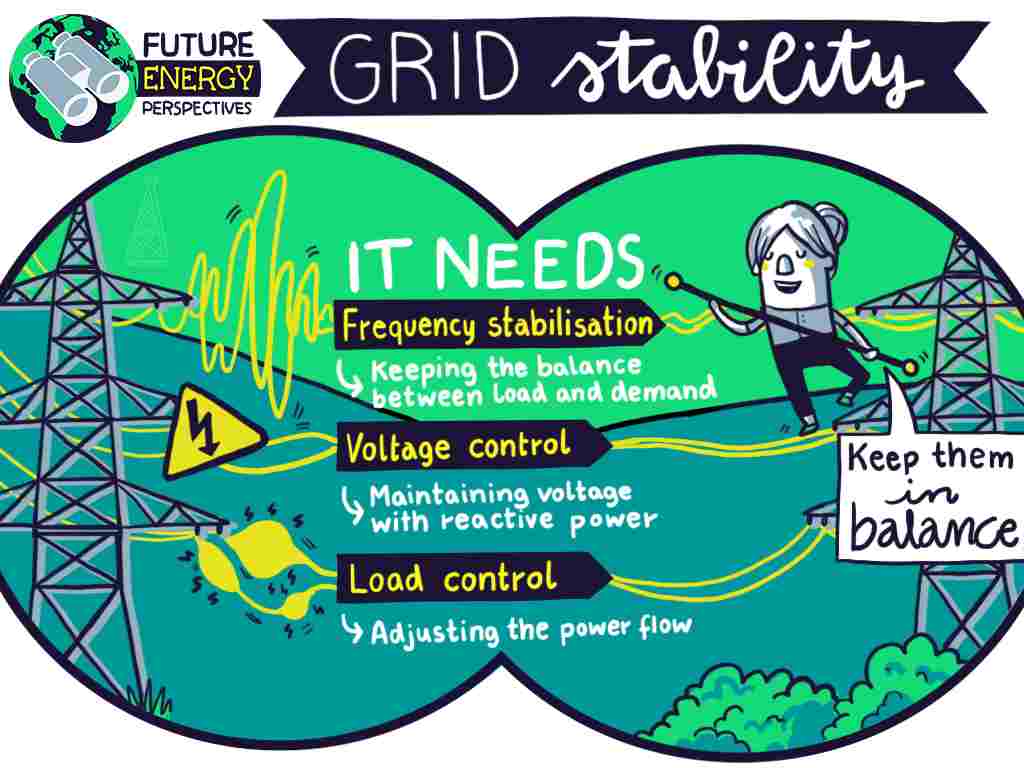
Thorben Fohrmann and Bernd Niemann from Siemens Energy explain how to ensure grid stability of power grids built for central power plants in an age of increasing distributed generation.
On January 8, 2021, at around 2pm, the Continental Synchronous Area unexpectedly split in two – with potentially serious consequences for all of Europe. The cause was the outage of several network elements. It started in a substation in Croatia with the malfunction of a so-called busbar coupler, which helps connect various components in a substation, including overhead lines, cables, and electrical switches. The effect of the split was twofold: the northwest area of the power grid ran low on power, with a corresponding decreased frequency; and the southeast area had a power surplus, meaning the frequency increased. Power outages for millions of people could have been next. In the northwest area, around 1.7GW of interruptible services were being cut in France and Italy, while supportive power was being added from Nordic countries and the UK.
This ensured the deviation stabilised at 0.1 Hz below 50 Hz. Similarly, in the southeast, power was taken offline, reducing the frequency to an acceptable 50.2 Hz. Shortly thereafter, a few minutes after 3pm, both areas were resynchronised, and business as usual resumed. It was the most serious near-blackout incident in Europe since 2006, when the lights went off for 15 million people after miscommunication regarding a […]
Click here to view original web page at www.smart-energy.com
Image: Siemens Energy
